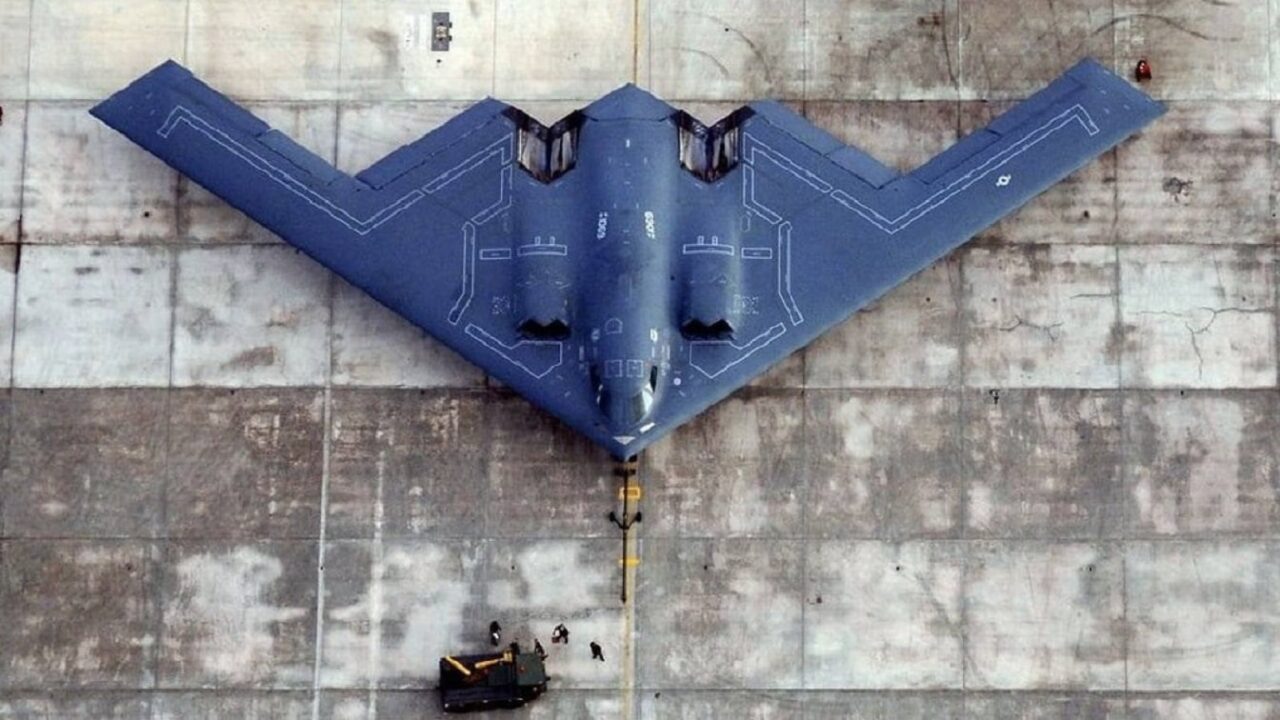How Many B-21 Bombers Will the Air Force Order? – Will the Air Force really acquire 140 or more new B-21 Raider bombers as some have claimed they want or need? In previous years, the Air Force has maintained that it wanted to purchase around one hundred new stealth bombers. The threat environment is always changing, and air war planners want an agile airframe to answer the call. This versatility is a selling point for the B-21 as the force ponders future warfare needs. The Biden administration is proposing to spend more money on the new bomber which shows that the Pentagon has confidence in the program.
New Budget Proposal Has More Funding for the B-21
The latest defense budget proposal would have the Department of Defense appropriating $3.25 billion for the B-21 in FY23. That’s compared to FY22 when the Air Force received $2.87 billion – a $320 million increase.
The U.S. Bomber Fleet Is Aging
The B-52, B-1, and B-2 are getting older and require substantial upgrades each year. Even the B-2, whose flying wing design can still turn heads in wonder, is over 30-years old. The B-2 is going through a sensor refit called the New Defensive Management System that has been scaled back to focus on the cockpit with modern displays and graphics. The Air Force is also retiring the B-1B Lancer bomber with 17 taken out of service.
Could There Be 200 Built?
This means the B-21 numbers have room to grow. Some analysts, Air Force generals, and other observers have claimed that the service needs 200 B-21s.
In an Air War College podcast, combat analyst and retired Air Force Lt. General David Deptula said, “The B-21 will provide the kind of payload, range and penetrability that our current force of B-1s, B-52s and, to a small degree, B-2s, cannot accomplish.”
Dual-Use Platform Has Global Reach
This capability gap means the B-21 is a viable option to grow the bomber fleet. The B-21 is needed to better penetrate enemy air defenses and deliver conventional and nuclear payloads with the ability to attack targets anywhere in the world. It is the stealthiest bomber ever made.
Software Upgraded on the Fly
It will have advanced electronic warfare capability and the capacity to collect its own intelligence, surveillance, and reconnaissance data. The Raider can have its software updated at any point giving it an advantage over older airplanes and making it easier to upgrade and integrate as the needs of war change. For example, the B-21’s in production have already had their software for the fuel control system certified by a digital process.
The First Six B-21s Are the Test Batch
But the Air Force has a long way to go to reach the goals of between 100 and 200 B-21s built. There are only six on manufacturing lines now and they are being ground-tested for a potential rollout to the public later this year, and if all goes well, a first flight in 2023. Manufacturing is happening at Northrop Grumman’s facility at Air Force Plant 42 in Palmdale, California.
Those first six aircraft are likely to be the prototype group that the Air Force fine tunes before further production. How many B-21s can be made each year? Twenty a year for five years would yield 100 airplanes. So, the Air Force would have to secure funding for that amount in out-year budget requests.
A Job Creating Program
This could be possible since the initial production run of six has so far been under budget and on time with milestones such as the fuel control system software exceeding expectations. This may show Congress that the B-21 is worth funding in numbers. Two hundred bombers sound like a lot at this early point in the program, but this kind of production would create many jobs with Northrop Grumman and its partners. Usually, job growth is a selling point with lawmakers.
It will be interesting to see whether the B-21 can fly by next year, if so, that would send a message that this is a viable program fit for annual budget increases to reach 100 planes in five years.
Now serving as 1945’s Defense and National Security Editor, Brent M. Eastwood, PhD, is the author of Humans, Machines, and Data: Future Trends in Warfare. He is an Emerging Threats expert and former U.S. Army Infantry officer. You can follow him on Twitter @BMEastwood.

